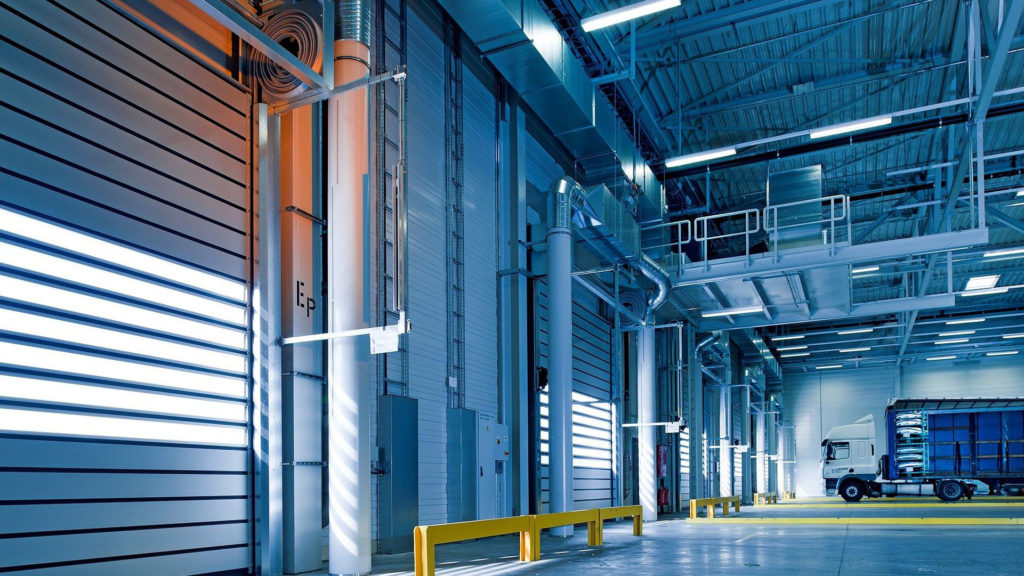ZeroUno interviews Stefano Cudicio of Stesi on RTLS (Real Time Location Systems) in logistics environments
In today’s modern logistics world, knowing in real time the location of handling equipment and load units has become a strategic necessity to optimize operations, improve efficiency, and ensure safety. Stefano Cudicio of Stesi Srl explains this in an interview with ZeroUno, where he delves into the evolution and applications of RTLS (Real-Time Location Systems), a technology that is increasingly central in logistics environments.
Stesi stands out as the first Italian company to develop an assisted guidance system based on RTLS, a project launched back in 2012 with a forward-looking vision: to free logistics operations from the dependence on traditional barcodes and introduce an intuitive visual interface, similar to a GPS navigator, capable of indicating in real time the most efficient routes for operators to follow within the warehouse.
Stesi’s real strength lies in adopting an independent and flexible technological approach. The silwa software platform integrates multiple geolocation technologies, such as laser, UWB (Ultra Wideband), Bluetooth, GPS, and RFID, into a single operational environment. This allows the solution to be adapted to the specific needs of the logistics environment, whether indoor or outdoor, and to the desired function, ranging from simple load unit tracking to collision avoidance systems and dynamic route optimization.
According to Cudicio, the true added value lies in abstracting from individual technologies to focus on the algorithm and functionalities that transform data into tangible benefits for the client: “Our platform doesn’t care which technology provides the coordinates because our work is to develop advanced algorithms that enable high-value functionalities and make the Smart Warehouse truly advanced.”
The tangible benefits of this innovation are many: significant reductions in human errors, handling times, and labor requirements, as well as notable improvements in safety thanks to the implementation of anti-collision alerts and prevention systems. All of this translates into more precise, reliable, and real-time control of the entire logistics system, enabling companies to increase their competitiveness in the market.
👉All you need to know about RTLS (Real Time Locating System)



